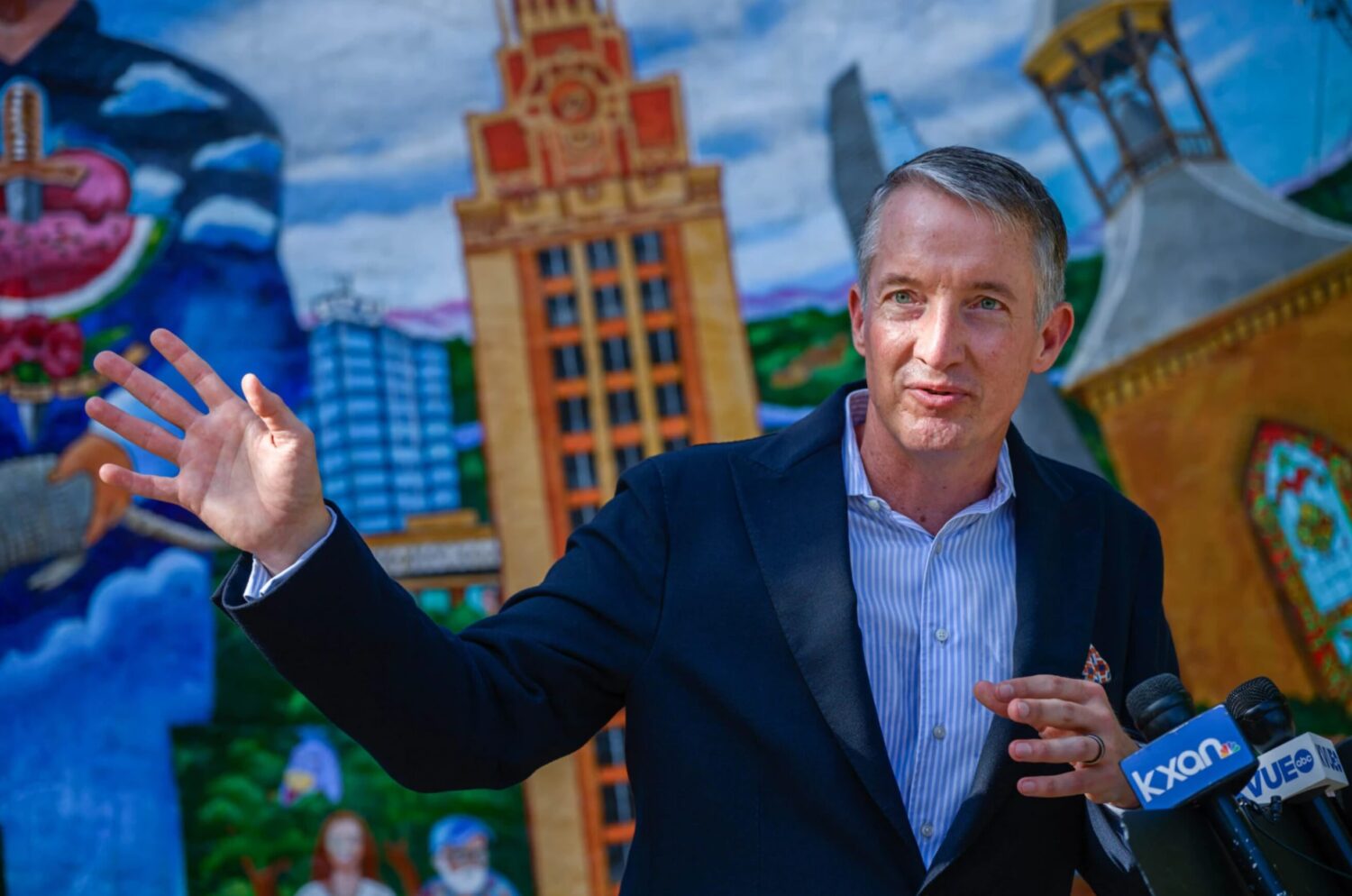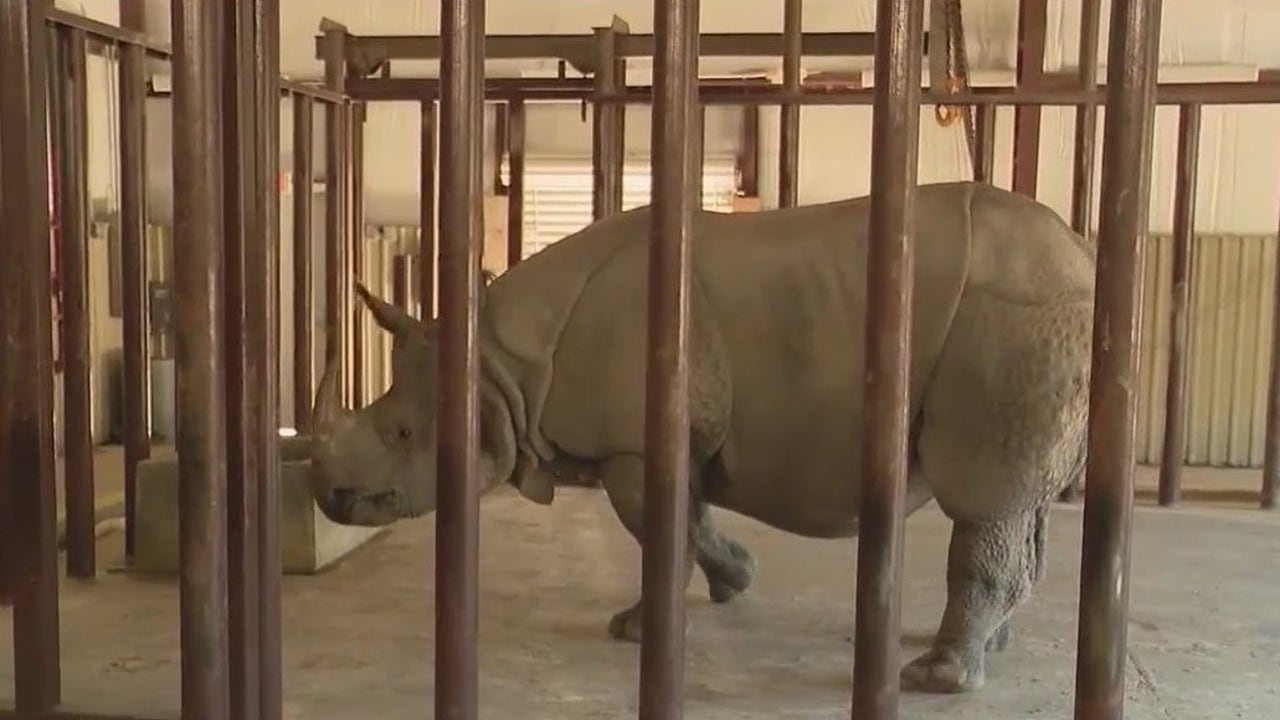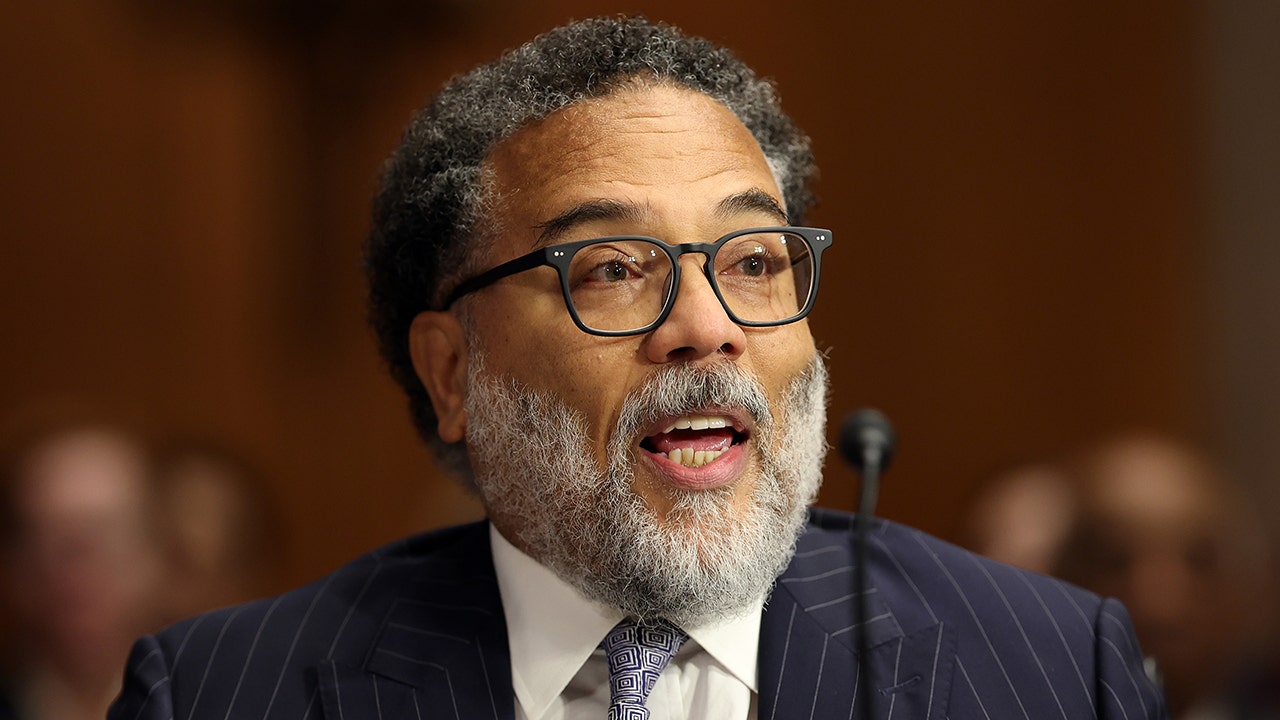World
Amnesty report finds racial bias in Peru’s protest crackdown
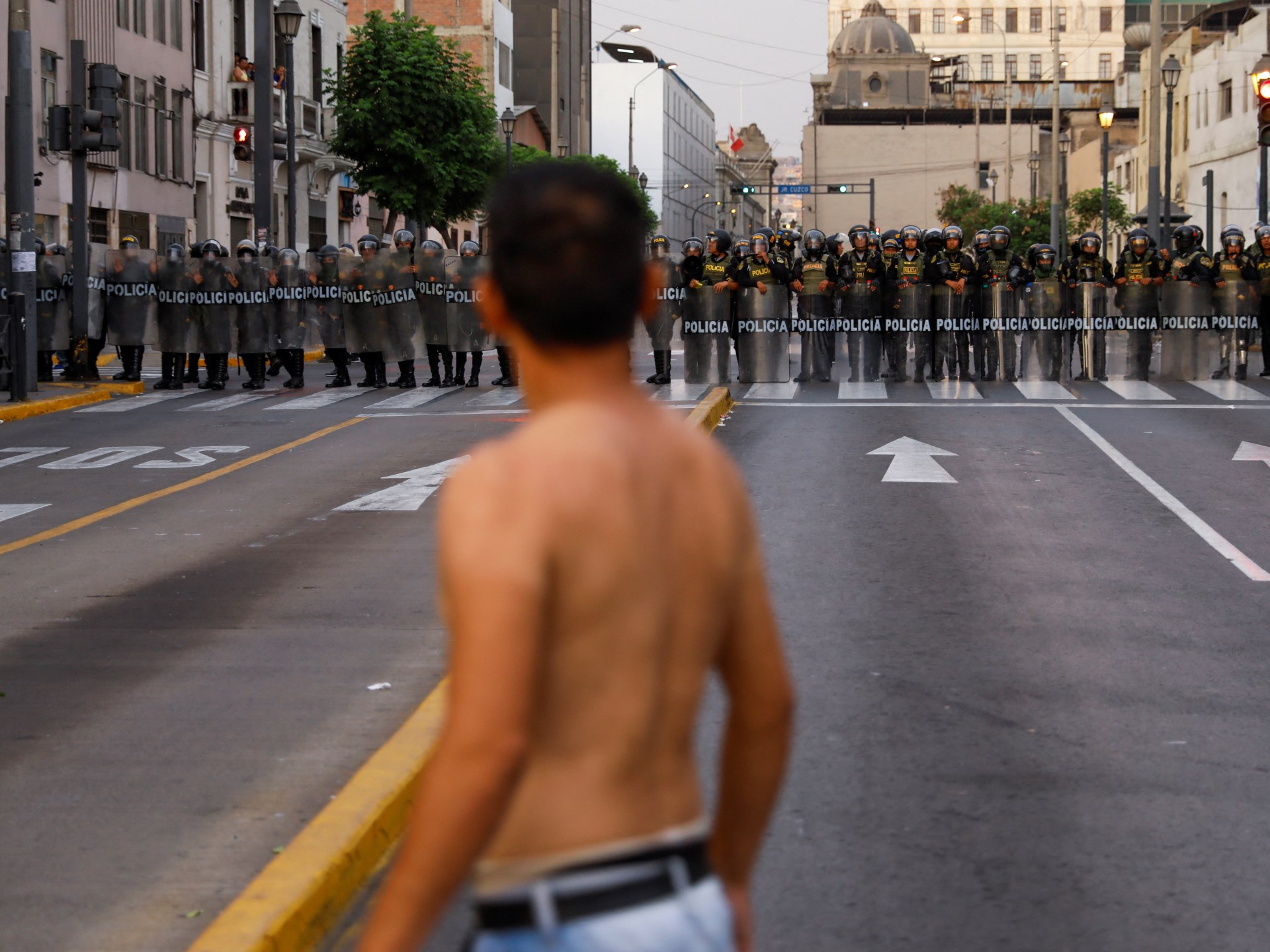
The Peruvian government was more likely to use lethal violence in marginalised areas of the country as part of its crackdown on recent anti-government protests, a report by rights group Amnesty International has found.
Thursday’s report, “Lethal racism”, alleges the government’s actions may constitute extrajudicial executions in some cases. Amnesty calls for the Peruvian Attorney General’s Office to investigate the use of excessive force in response to the protests.
“Using lethal firearms against protesters shows a blatant disregard for human life,” Agnes Callamard, Amnesty’s secretary general, said in a press release.
“Despite the government’s efforts to paint them as terrorists or criminals, those killed were demonstrators, observers and bystanders. Almost all of them were from poor, Indigenous and campesino backgrounds, suggesting a racial and socioeconomic bias in the use of lethal force.”
The report is the latest to find that Peru’s government wielded disproportionate violence and targeted people from poor and Indigenous backgrounds during the protests that enveloped the country following the ouster of former President Pedro Castillo.
Peru’s Attorney General’s Office should investigate all those, up to the highest level, who ordered or tolerated the illegitimate use of lethal force by security forces that resulted in 49 deaths during the protests from December to February. https://t.co/3pujU9Z7uq
— Amnesty International (@amnesty) May 25, 2023
Boluarte faces criticism
The crisis began on December 7, when Castillo faced his third impeachment hearing.
Rather than face an opposition-led Congress, Castillo attempted to dissolve Peru’s legislature and rule by decree, a move widely considered illegal. He was quickly impeached, removed from office and arrested. Meanwhile, his former vice president, Dina Boluarte, was sworn in as Peru’s first female president.
Castillo’s supporters, many of them from poor and rural areas seen as neglected by the state, took to the streets to protest his detention. Among their demands were calls for a new constitution and elections.
Boluarte’s administration has since been criticised for its heavy-handed response to protests and failure to address popular discontent. The Amnesty report found that, between December and February, 49 protesters were killed.
The government’s response has also heightened tensions between Peru and other countries in the region, especially those with left-leaning leaders who were friendly with Castillo.
Peruvian authorities on Thursday declared Mexican President Andres Manuel Lopez Obrador a persona non grata after months of him criticising Boluarte as a “puppet”. He had also offered Castillo and his family asylum in Mexico.
Lopez Obrador became the second major Latin American leader to be slapped with the label after former Bolivian President Evo Morales.
‘Language of terrorism’
Amnesty’s report analysed 52 documented cases of people killed or wounded in areas such as Ayacucho, Juliaca, Andahuaylas and Chincheros, including 25 deaths.
The organisation concluded that 20 of those 25 slayings could constitute extrajudicial executions. They involved cases where security forces used live fire on crowds and aimed at vulnerable parts of the body such as the head, neck and abdomen.
When faced with criticism and calls for accountability, Peruvian authorities have often framed protesters as agitators looking to create disorder.
“We took over a polarised country, a country in conflict, a country with extremist sectors that seek to generate disorder and chaos, with their own agenda, to destroy our institutions and democracy,” Boluarte said in a January address.
“Are we perhaps returning to the years of terrorist violence, during which dogs were hung from lampposts?”
Will Freeman, a fellow for Latin American studies at the Council on Foreign Relations (CFR), a United States think tank, told Al Jazeera that such rhetoric taps into collective memories from a period of civil conflict that roiled Peru in the 1980s and 1990s.
During that time, armed groups such as the Maoist Shining Path attempted to overthrow the government and carried out violent campaigns targeting civilians, including Indigenous people.
In response, the government initiated a brutal counterinsurgency effort that also included widespread abuses.
“Politicians are trying to invoke that history of the Shining Path to draw parallels with the current protesters, but that is wrong and insulting,” Freeman said in a phone call. “It’s weaponising the language of terrorism to scare people.”
Anti-Indigenous violence
Amnesty’s report states that authorities were more likely to use lethal violence in regions with large Indigenous populations such as Ayacucho, even if the protest activities were similar in frequency and intensity to other areas.
“This report’s findings are only the tip of the iceberg in a painful history of discrimination and exclusion for Peru’s indigenous peoples,” Erika Guevara-Rosas, Amnesty’s Americas director, told Al Jazeera via email.
She added that family members of victims who spoke with Amnesty described “humiliating treatment” in “hospitals or public offices, with insults alluding to their ethnic identity”.
In January, Peru’s attorney general launched a series of inquiries to identify those responsible for dozens of mostly civilian deaths during the unrest, but Guevara-Rose said that accountability remains distant.
“Authorities have not achieved any significant accountability for the crimes committed by police and military in recent months,” she said.
“Basic steps need to be taken urgently including interviewing police and military officers urgently, carrying out remaining forensic investigations, as well as ensuring investigations take place on the ground and close to victims.”

World
Venezuela’s Opposition Candidate Says His Son-In-Law Was Kidnapped

The man widely called the true winner of Venezuela’s tainted presidential election said on Tuesday that his son-in-law had been kidnapped by hooded men in Caracas, the capital.
Edmundo González said that his son-in-law, Rafael Tudares, was walking Mr. González’s grandchildren to school when he was “intercepted” by hooded men dressed in black, and taken away in a gold van.
“At this time he is missing,” he wrote on X.
The reported kidnapping comes one day after Mr. González met at the White House with President Biden, whose administration recognizes Mr. González as president-elect, in an effort to put international pressure on President Nicolás Maduro, the longtime authoritarian leader who claims he won Venezuela’s July election.
On Monday the Maduro government, in a statement, called the meeting “a flagrant violation of international law and a crude attempt to perpetuate imperialist interference in Latin America.”
Mr. González, 75, was forced to flee the country shortly after millions of Venezuelans voted for him, and he is now living in exile in Spain. He has promised repeatedly to return to his country to be sworn in on Friday, when Maduro, in power since 2013, is scheduled to be inaugurated for another six-year term.
The Maduro government has imposed a $100,000 bounty on Mr. González and he likely faces arrest if he returns.
The Venezuelan government has unleashed a wave of repression against anyone who challenges its declared victory, arresting about 2,000 people and charging most with terrorism. Human rights groups have described it as Venezuela’s most brutal campaign of repression in recent decades.
The government has released hundreds of those prisoners in recent months, in what many analysts saw as a signal to President-elect Donald J. Trump that it is willing to ease up on human rights in exchange for favorable treatment.
The U.S. State Department called the disappearance an attempt to “intimidate Venezuela’s democratic opposition.”
A spokesman for the Maduro government did not immediately respond to a request for comment.
Diosdado Cabello, a top official in Mr. Maduro’s government and one of his most powerful allies, did not refer directly to the episode in public remarks on Tuesday, but said, “today we have just dismantled a very dangerous group” of “foreign mercenaries from the United States and Colombia.’’
Mr. Tudares’ wife, Mariana González, said in a statement that her husband was a victim of “persecution.”
“At what point did it become a crime to be Edmundo Gonzalez Urrutia’s family?” she said.
World
At least 9 miners are trapped in a coal mine in India's northeastern Assam state
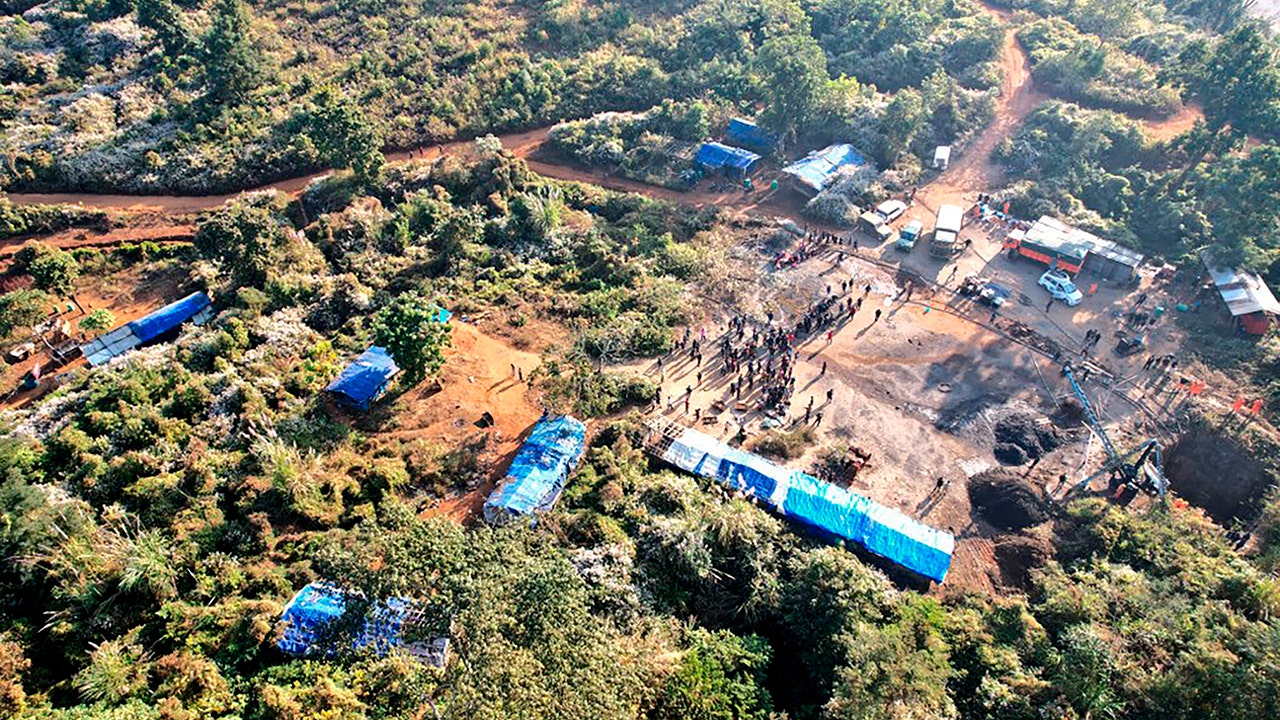
At least nine workers are trapped inside a flooded coal mine in India’s northeastern Assam state, officials said Tuesday, as authorities summoned the army to help in the rescue operation.
The miners became trapped on Monday morning in the Umrangso area in Dima Hasao district, about 125 miles (200 kilometers) south of the state capital, Guwahati.
13 YOUNG MINERS FEARED DEAD IN INDIA’S REMOTE NORTHEAST
The workers are “feared trapped 300 feet below the ground after water gushed in from a nearby unused mine. We are mobilizing resources to rescue them,” said Kaushik Rai, a local government minister who is monitoring the rescue efforts.
Army soldiers and a national disaster management team at the site used ropes and cranes to assist the ongoing operation.
This image provided by the Indian Army shows an aerial view of the site where at least nine workers are trapped inside a coal mine, in the Umrangso area of Dimapur Hasao district in the northeastern state of Assam, India, on Tuesday, Jan. 7, 2025. (Indian Army via AP)
Rescuers found three helmets, some slippers and a few other items, Rai said. “The divers have been able to dive into 35 or 40 feet of water inside the mine. The water level now is estimated at 100 feet,” he said.
Assam Chief Minister Himanta Biswa Sarma said on the social media platform X that the mine appeared to be illegal and that police had arrested one person as they investigate the case.
Workers at the site said over a dozen miners had been trapped inside the mine, which has minimum safety measures, and some managed to escape as water from a nearby unused mine began filling the mine.
In India’s east and northeast, workers extract coal in hazardous conditions in small “rat hole” mines that are narrow pits in the ground, usually meant for one person to go down, and are common in hilly areas. The coal is usually placed in boxes that are hoisted to the surface with pulleys. In some cases, miners carry coal in baskets up on wooden slats flanking the walls of the mines.
Accidents in illegal mines are frequent and the livelihoods of those who do such mining depend on the illegal sale of coal. At least 15 miners were killed after getting trapped in one such mine in Meghalaya state in 2019.
World
Herbert Kickl invites ÖVP to hold coalition talks
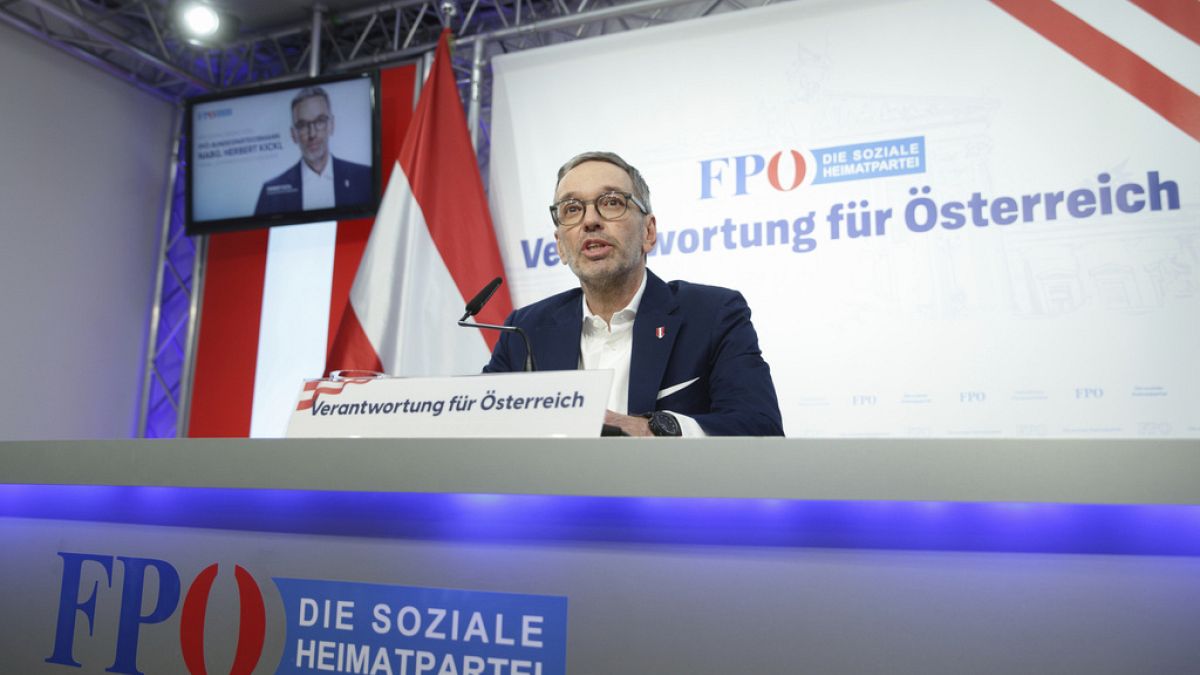
The head of Austrian far-right Freedom Party, Herbert Kickl, invited the conservative Austrian People’s Party to coalition talks after being tasked with forming a government.
Austrian far-right Freedom Party (FPÖ) leader Herbert Kickl extended an olive branch to the conservative Austria’s People Party (ÖVP) on Tuesday, inviting them to coalition talks.
His comments come after Austrian President Alexander van der Bellen gave him the green light to attempt to form a ruling coalition.
Though the two parties have a history of clashing heads, Kickl said during a press conference that he would officially extend the invitation once his party’s leadership approved the move in a meeting on Tuesday evening.
The conservative ÖVP is the only viable coalition partner for the FPÖ, but Kickl urged the party to be “honest” in talks or face the threat of a snap election amidst rising support for his own political group.
Kickl said early steps in talks would be small and that it still needs to be seen whether the coalition would be viable or not. However, he also said he does not want to lose any time and now wants to start a “massive political firefighting operation.”
During his statement on Tuesday, Kickl pointed out that it had been 100 days exactly since parliamentary elections in September but described the three months since the results came in as “lost.”
Coalition talks between the far right and conservatives aren’t guaranteed to succeed, but there are no longer any other realistic options in the current parliament and polls suggest that a new election soon could strengthen the Freedom Party further.
Kickl’s party secured victory in those elections, winning 28.8% of the vote and surpassing outgoing Chancellor Karl Nehammer’s conservative ÖVP, which came in second.
Van der Bellen initially tasked Nehammer with forming a government. However, the ÖVP refused to enter a coalition with the FPÖ under Kickl – leading to a political stalemate.
Efforts to form a governing alliance without the FPÖ failed by early January, prompting Nehammer to announce on Saturday that he would resign.
-

 Business7 days ago
Business7 days agoThese are the top 7 issues facing the struggling restaurant industry in 2025
-

 Culture7 days ago
Culture7 days agoThe 25 worst losses in college football history, including Baylor’s 2024 entry at Colorado
-

 Sports6 days ago
Sports6 days agoThe top out-of-contract players available as free transfers: Kimmich, De Bruyne, Van Dijk…
-

 Politics5 days ago
Politics5 days agoNew Orleans attacker had 'remote detonator' for explosives in French Quarter, Biden says
-

 Politics5 days ago
Politics5 days agoCarter's judicial picks reshaped the federal bench across the country
-

 Politics3 days ago
Politics3 days agoWho Are the Recipients of the Presidential Medal of Freedom?
-

 Health2 days ago
Health2 days agoOzempic ‘microdosing’ is the new weight-loss trend: Should you try it?
-

 World7 days ago
World7 days agoIvory Coast says French troops to leave country after decades



